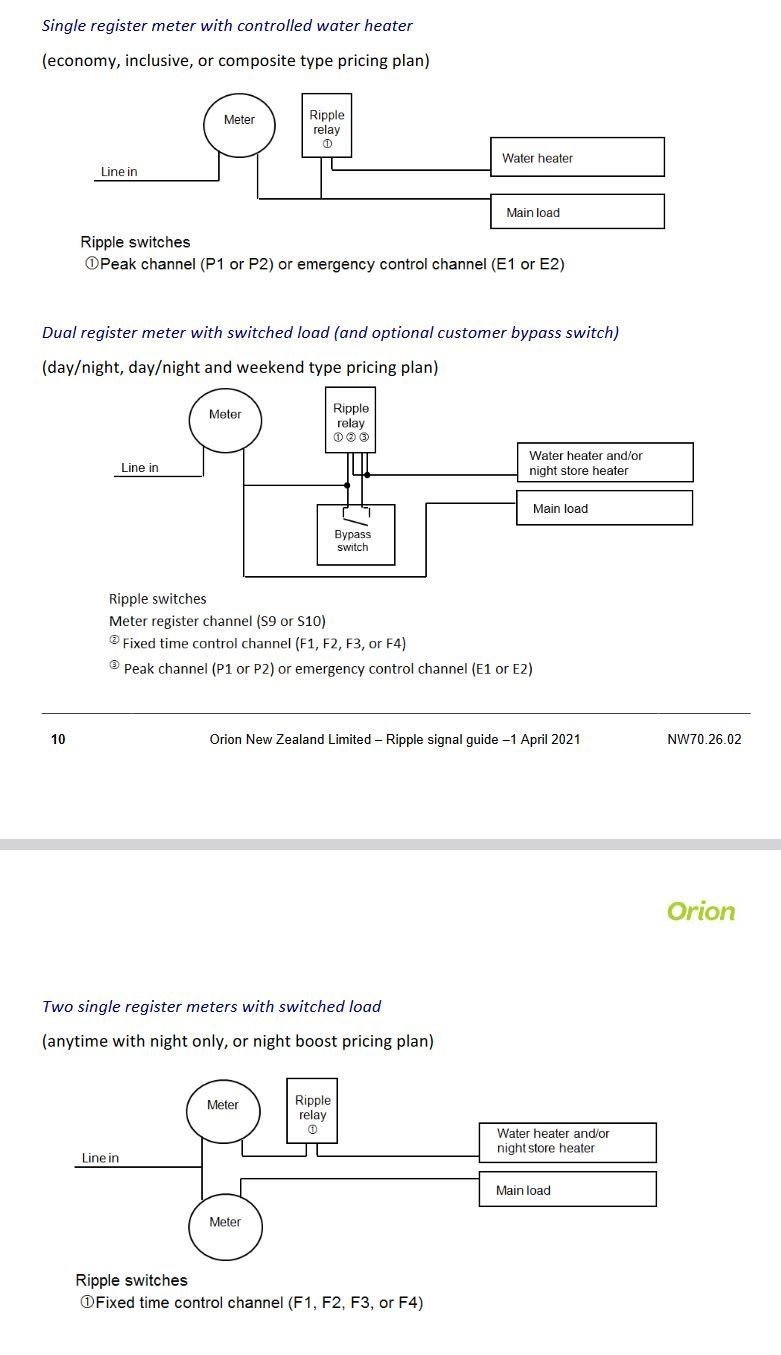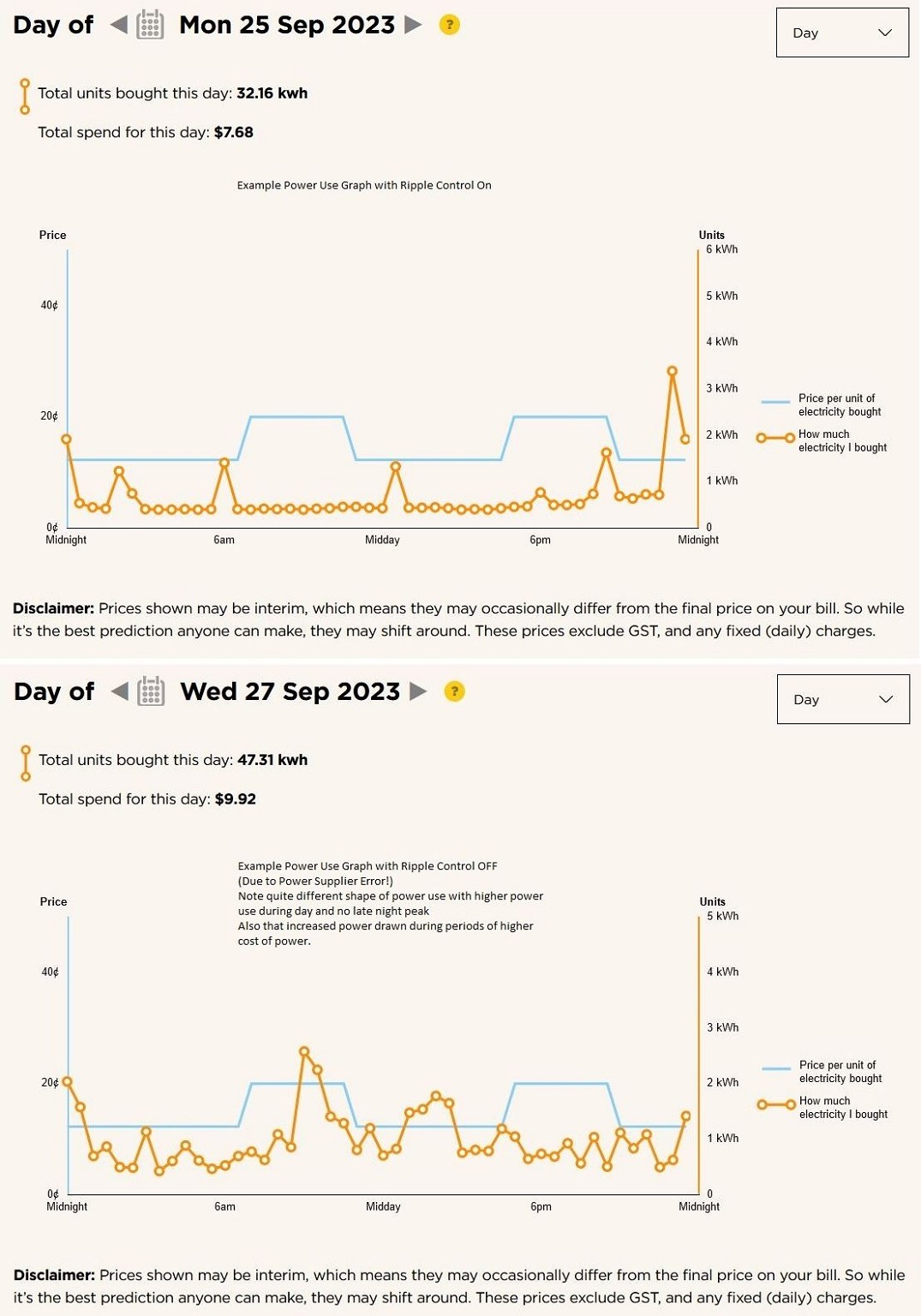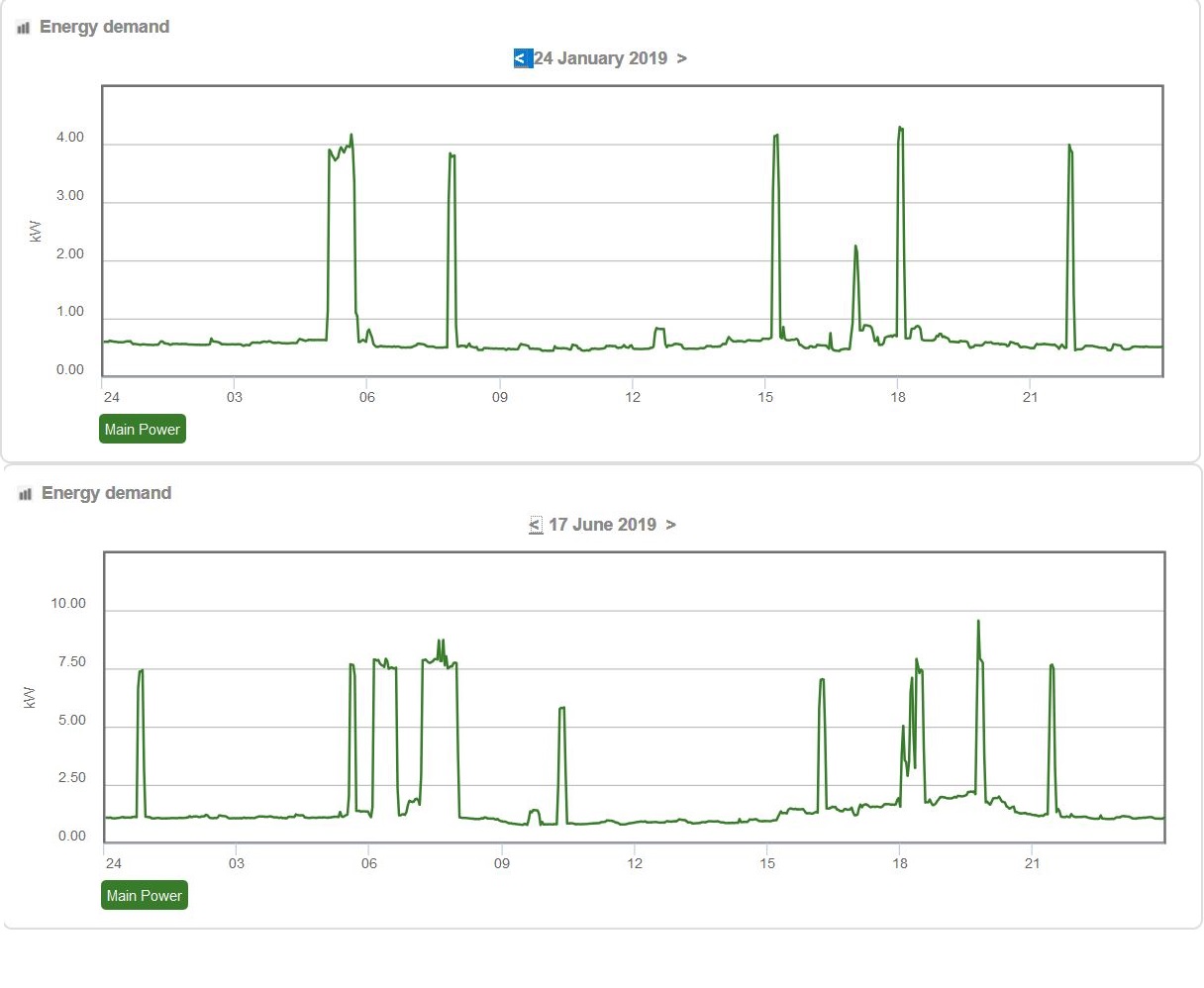Hinko:
michaelmurfy:
... and having hot water won't cost you any more on a regular plan when it is supposed to be off.
That's the thing here, when the hot water load control fails to turn off, the meter keeps clicking over and the consumer IS charged for the unintended extra power consumed.
Flick charged me for the unauthorized power consumption. A refund is being discussed.
While Flick might deserve some adverse publicity in relation to this matter I'll keep it balanced and on point.
Did any power retailer advise any Wellington N8 or CN10 power consumer they'd been overcharged and were getting a refund? Not that I am aware of.
For that to happen the retailer would need to become aware of the issue. Complaints is one avenue, but I don't plan to discuss that here beyond observing staff would need adequate training to competently handle this issue.
The preferable route would be for Wellington Electricity to advise the retailers of the details of the issue, so that the retailer could then analyse their data and provide appropriate advice and refunds to their consumers. "Smart" meters do measure the power used on a half hourly basis so unintended use can be calculated.
But Wellington Electricity would need to have systems that alert them to the issue, and act on them. I am not aware Wellington Electricity have alerted any retailer of Ripple Off Failures on their network in the last year.
It seems likely some people have paid extra and don't know otherwise - and like michaelmurfy do not have the possibility of being overcharged on their radars. (No disrespect implied or intended, its very understandable)
If your hot water was on a dedicated meter (e.g. RSUTOU-NITE or -CTRL), you would be charged the special rate regardless of what time it ran at.
If your hot water was on a suitable ripple relay on an all inclusive rate (RSUTOU-AICO 2.82c) (not metered separately), then you get a discount on all your power for having the HWC controllable, regardless of what time the HWC is actually run at.
There is a hole if you are on an all-inclusive peak/off peak rate, (-P-AI 7.49c and -OP-AI 0.69c) as the consumption could move into peak territory.
Remember that HWCs do not use extra power when turned on longer - it just means that the same amount of power is used at sub-optimal times.
Bear in mind that HWCs aren't actually supposed to be on the -NITE (NB10) rates; they should be on -CTRL which may operate during peak times anyway. If you're not happy with this you can install your own time switch. People with genuine night-store heaters and pool heaters might have a reason to be upset as running those for longer would imply more energy usage, and those channels aren't supposed to run during peak. They are, however, very rare.







